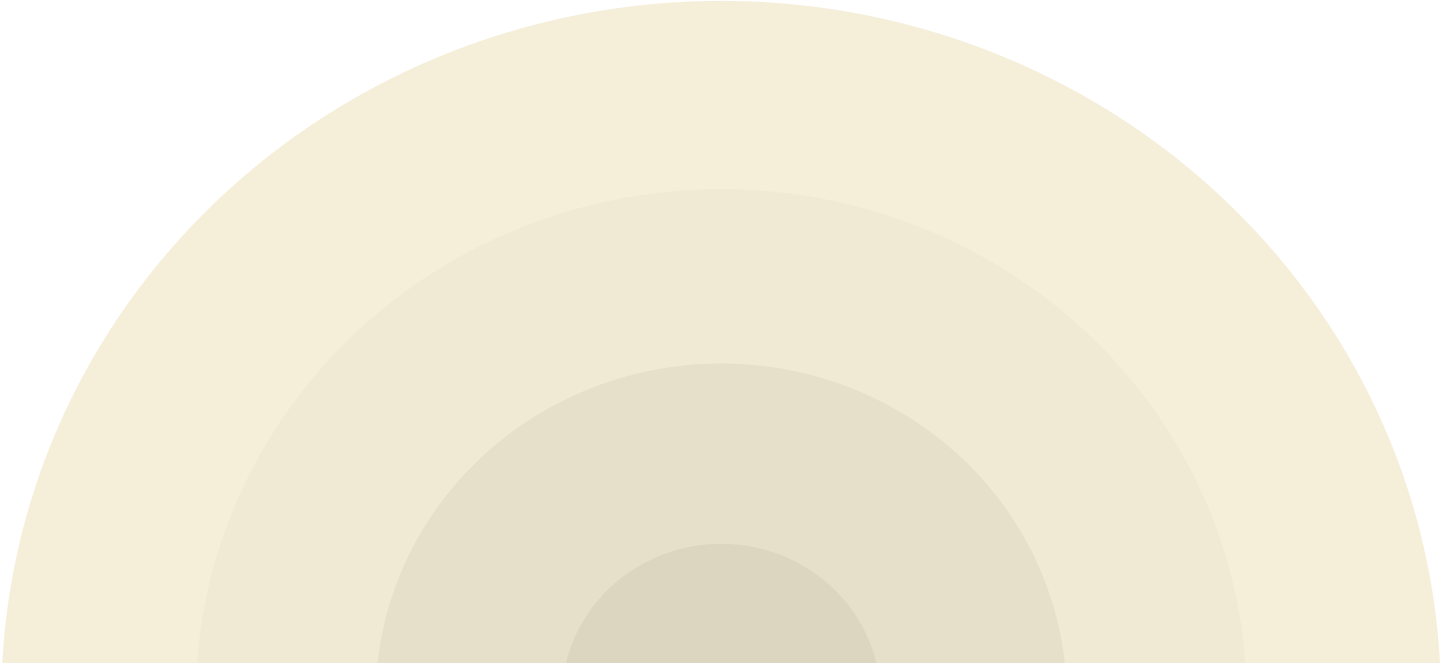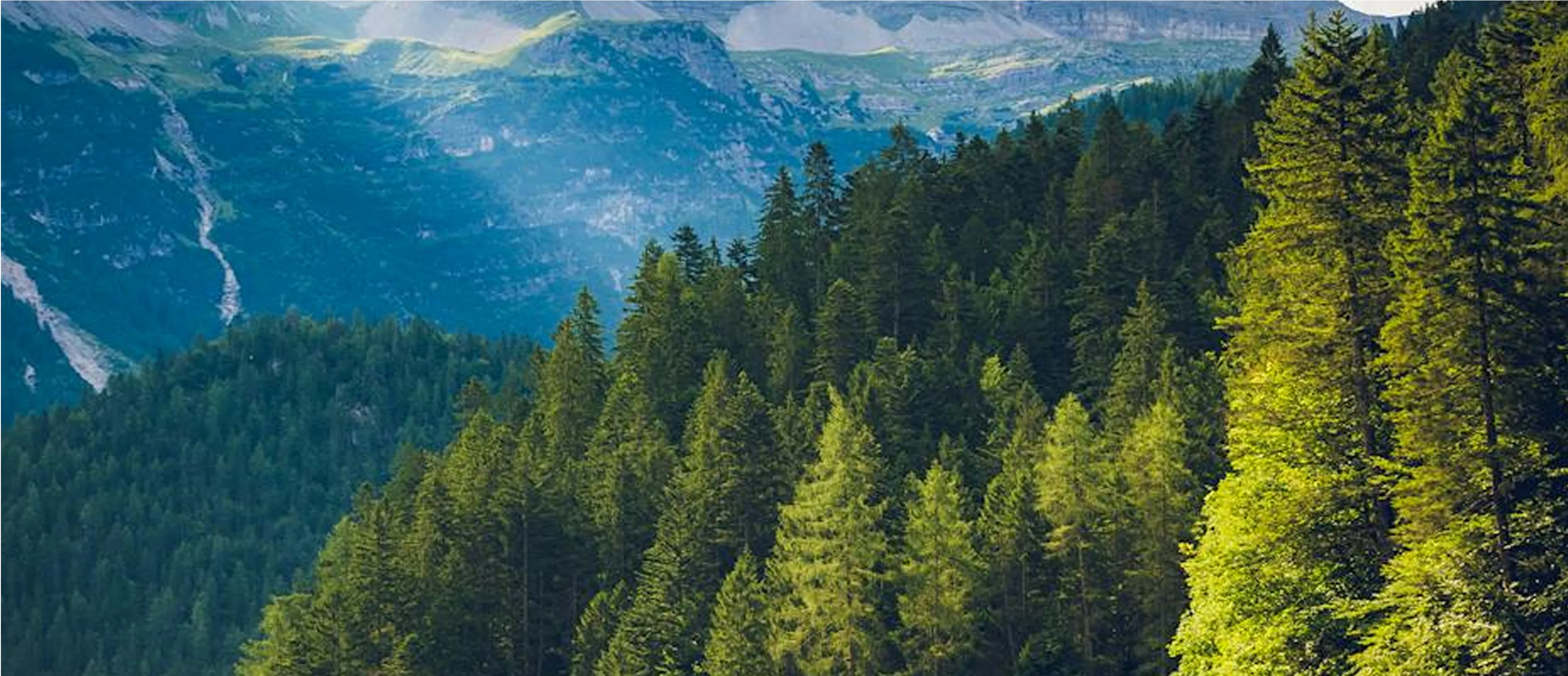September tends to sneak up on us, doesn’t it? The calm of summer starts to slip away; sunsets come earlier, routines ramp up and back-to-school meets busier workplaces, fuller calendars, and darker mornings. It’s a beautiful season, but it can be a demanding one.
If you’re feeling stretched thin, you’re not alone.
Research shows our stress climbs when multiple transitions stack at the same time. September is exactly that: new routines, new demands, and lots of decisions all at once. In Canada, roughly six million students head back to school every September, an enormous schedule shift for parents and caregivers. These changes combined with less daylight hours, can leave us feeling lower in energy and mood. None of this means you’re doing anything wrong; it means you’re human in a high-change month.
A little extra self-kindness and a few small supports go a long way, and we’ve got you covered! Below is a menu of simple, evidence-based tools, plus a plug-and-play plan to try today.
Think small, repeatable moves.
- Move a little: Try incorporating 10-minute counts of doing activities such as walking around the block, raking leaves, dancing to a song, playing with the dog.
- Rest and relax intentionally: Create space for rest by dimming your lights, limiting screen time and doing something that feels calming.
- Connect. Text a friend, ask for a 5-minute check-in, or join a support group.
- Be kind to yourself. Talk to you like you’d talk to someone you love.
Now, let’s try applying it.
3-Step Reset (even for your busiest days)
This mini-routine can help you slow it down and take the next doable step. Total time: 1–6 minutes.
1) 60-Second Ground
What to do
- Plant: Put both feet on the floor. Let your shoulders drop.
- Name it (10s): Silently label what’s here: “tight chest… fast thoughts… tired.”
- Breathe (50s): Inhale 4, exhale 6. Repeat 6 rounds.
Why it helps
Body contact + short labels + longer exhales dials down your stress response and gives you a little room to choose.
Quick tweaks
- Revved up? Add one gentle sigh first.
- Low energy? Sit tall, eyes up as you breathe.
- In public? Do it silently—press toes into your shoes, label in your head.
2) The 30–30
30 seconds to reframe → 30 seconds to act
Reframe:
“I can’t handle this” ⟶ “This is hard, and I can handle the next step.”
Act (pick one tiny move):
- Work: send a two-line email, open the doc, rename the file.
- Home: put one dish away, toss one item, start one load of laundry.
- Body: drink water, stretch your neck, step outside for 3 breaths.
Why it helps
Your brain calms when it sees progress, and tiny steps count!
Make it stick
- Habit-stack: “After I brush my teeth, I do the 60-Second Ground.”
- Visible cue: Place a sticky note on your desk or phone (example: Feet → Name → 4/6 ×6 → 1 step)
- Aim for “most days,” not perfection. If you are missing a day? Start again the next.
If this season feels heavier than usual, we’re here for you. Schedule an appointment, email us, or call (705) 482-7763.
Save this for later: screenshot, pin, or copy to your notes so it’s there when you need it.
-----
References
Anclair, M., Lappalainen, R., Muotka, J., & Hiltunen, A. J. (2017). Cognitive behavioural therapy and mindfulness for stress and burnout: a waiting list controlled pilot study comparing treatments for parents of children with chronic conditions. Scandinavian Journal of Caring Sciences, 32(1), 389–396. https://doi.org/10.1111/scs.12473
https://www.cbc.ca/news/canada/kitchener-waterloo/september-stress-jennifer-moss-happiness-1.5712784

.png)






